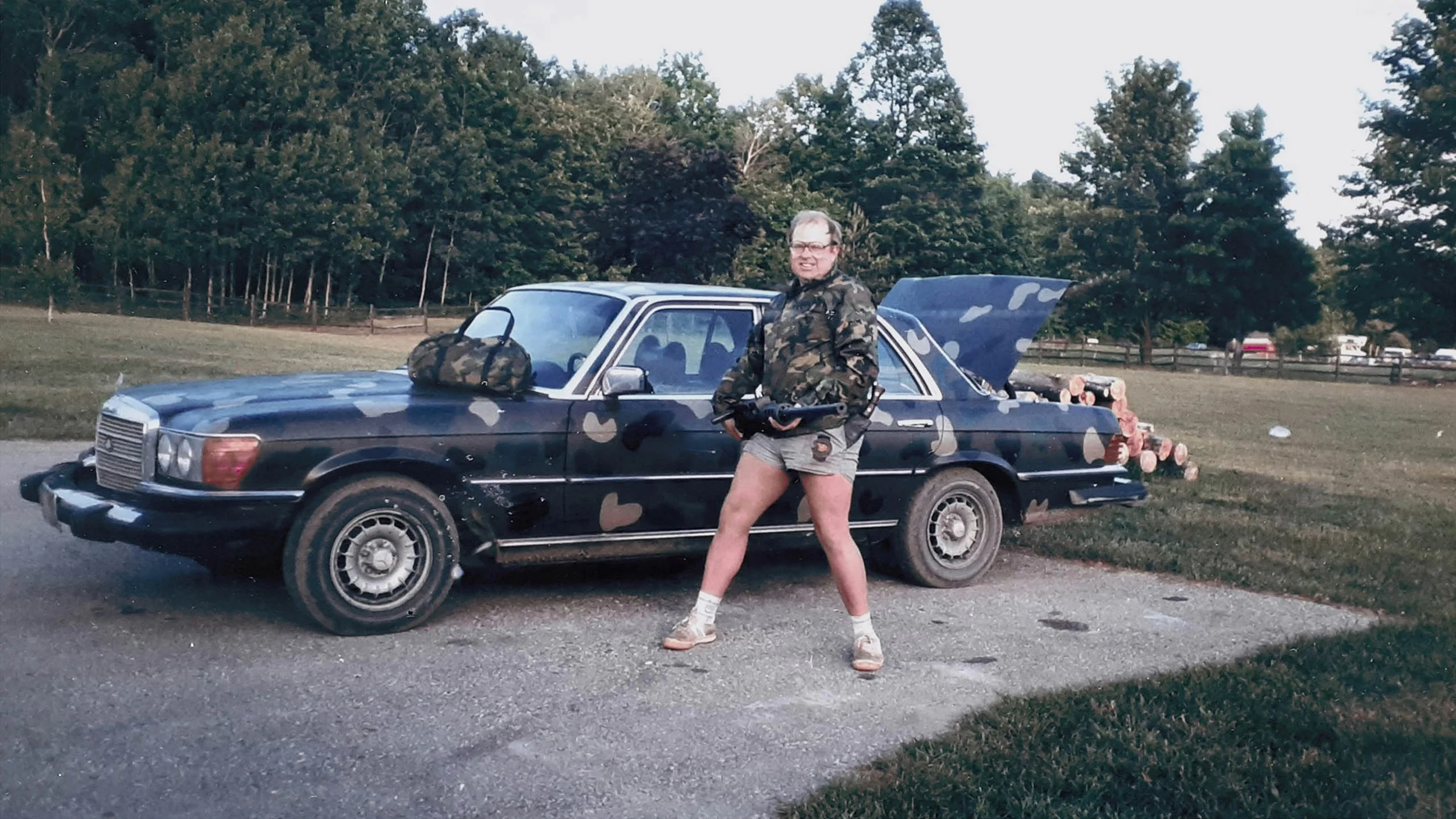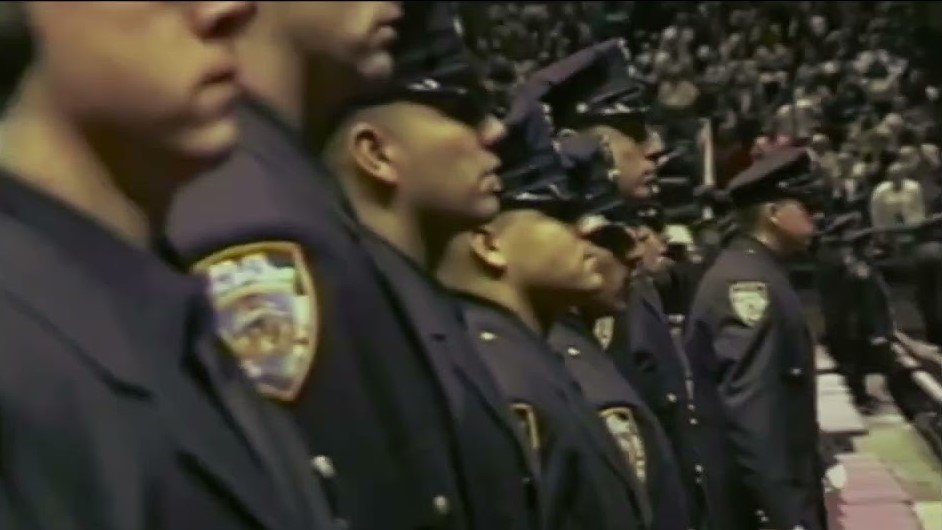Hit Me with Your Best Shot
Goldcrest’s Jane Tomachyov collaborates with award-winning director Ramin Bahrani on his intriguing, new film about the man who invented the bulletproof vest.
Ramin Bahrani’s new documentary 2nd Chance presents the curious story of Richard Davis, a former Marine and pizza parlor owner who, in 1976, invented the concealable bulletproof vest. An inveterate self-promotor, Davis demonstrated the effectiveness of his invention by having himself shot while wearing it 192 times.
The film, which debuted at Sundance and won the Audience Award at the Chicago Critics Film Festival, tells Davis’s story through a mix of contemporary interviews and archival media, the latter mostly Davis’s own home movies recorded on Super 8mm film and VHS video during the 1970s, ‘80s and ‘90s.
Post-production finishing was completed at Goldcrest Post with Jane Tomachyov applying the final grade. An expert in documentaries, Tomachyov was captivated by the film’s eccentric subject. “It’s an amazing film,” she says. “Richard Davis is a very likeable guy. He’s one of those rare individuals whom you can’t help liking, even though you know he’s lying.”
Tomachyov was also attracted by the technical and creative aspects of the film. Its voluminous archival media was decades old, and her job was to bring that imagery into a space suitable for theatrical display and blend it with new interviews. “It was a mixed bag,” she recalls. “A lot of the material existed on low resolution formats. The filmmakers also used photographs and news clippings…and all that sat alongside pristine interviews captured with a 6K Red camera.”
Creating a cohesive look involved more than technical skill; it required a practiced eye and an artistic touch. “It’s hard to describe how it comes together,” Tomachyov says. “In looking at the imagery, you get certain ideas and inspirations. It’s like cards spread across a table and it’s kind of a game to arrange them in a way that makes sense.”
The contemporary media, too, presented challenges and required a nuanced color treatment. “The interviews were also visually interesting,” Tomalchyov explains. “They were shot with Panavision lenses that gave them a bit of a fisheye effect. And, many of the homes where they were shot had a garish ‘80s look to them. That created a visual sense of place that informed the way our work proceeded. I aimed to give the interviews the same tone as the archival media so the audience doesn’t suddenly feel they’ve entered a new world.”
Ultimately, Tomalchyov hopes the long hours she spent manipulating and massaging the imagery goes unnoticed by audiences as they become absorbed in Bahrani’s captivating, if eccentric, story.“It’s operatic,” she says. “Ramin did a great job of capturing Davis’s personality and his contradictions. It’s a fascinating film.”


